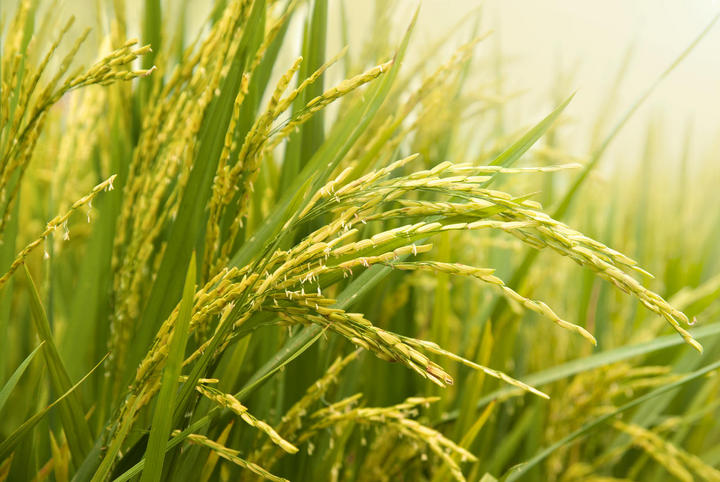
For a long time, the investment in the livestock industry has been relatively weak, with prominent issues such as extensive management, low efficiency, high costs, environmental pollution, low informatization, and intelligence. For the new generation of information technologies such as AI, big data, and the Internet of Things, the development of traditional aquaculture seems to have fallen behind the pace of the times. With the changes of the times, historical changes, and policy support, intelligent breeding has gradually emerged in everyone’s vision and become the mainstream trend in the development of animal husbandry. The transformation of animal husbandry has been continuously promoted with the support of policies and technology, and smart farming has gradually become active in people’s vision, achieving a win-win situation of economic and environmental benefits.IoT technology provides a data foundation for smart animal husbandryThe Animal Husbandry Internet of Things is a monitoring network composed of a large number of sensor nodes, which collects real-time information on the growth status and breeding environment of livestock and poultry through information sensing devices. It utilizes wireless sensor networks/local area networks and wide area networks to achieve heterogeneous and real-time online data transmission, providing rich data for smart animal husbandry and laying the foundation for intelligent analysis.Cloud computing and big data technology are important means for intelligent analysis of livestock dataAnimal husbandry data has typical big data characteristics of multi-source, heterogeneous, cross platform, and cross system. It is very difficult to process this type of data using traditional technology, and independent and dispersed farmers cannot provide corresponding computing power. Cloud computing provides technical support for animal husbandry big data processing, with core technologies including knowledge representation and modeling based on multimodal features, domain oriented deep knowledge discovery and prediction, and condensed knowledge fusion of specific domain feature universality mechanisms.Artificial intelligence is the core driving force for the new round of livestock industry transformationArtificial intelligence includes multiple core technologies such as machine vision, speech recognition, virtual reality, and wearable devices. It can be integrated and applied in various aspects in animal husbandry production and management processes, transforming traditional breeding management methods, improving production management efficiency, and reducing labor costs.Smart aquaculture is gradually exploring and advancingSmart farming, like smart factories, is a product of interdisciplinary and technological integration applications. In addition to software systems, supporting hardware facilities require rich on-site operation knowledge, especially a deep understanding of specific application scenarios. Only by accumulating rich on-site production knowledge and combining it with technology can mature and complete solutions be created. Although the market for smart farming is large, there are also certain obstacles, and the related software and hardware are limited by the accumulation of industry knowledge and the deepening of application scenarios. Like the Digital transformation and upgrading of the manufacturing industry, most aquaculture industries have only experienced the upgrading from mechanization to automation at present. There is still a long way to go in the exploration of informatization, digitalization and intelligence. At the same time, for small and medium-sized farmers to survive, they need to actively embrace change, change their thinking, and use their mobile phones to “smart pastures”. Farmers can achieve grazing management, livestock positioning monitoring, and health status monitoring anytime and anywhere. Establishing livestock archives through the smart ranch big data platform facilitates traceability. The system uses big data analysis to study the factors that affect the growth rate of livestock, and can also achieve grassland management to help solve the problem of grassland degradation caused by overgrazing.Smart farming can completely break the thinking drawback of traditional farming, which has too many uncontrollable factors and can only rely on similar evaluations and judgments. With the help of emerging technologies, smart farming can achieve precise, precise, and efficient development. Smart farming will definitely be the main direction of the future development of the farming industry, and the future farming industry will shift from decentralized management to intensive and large-scale management, Becoming a technology intensive industry.Automated monitoring, remote monitoring, and disaster warning: When an epidemic occurs, animals often die on a large scale due to various reasons such as delayed detection and improper disposal, resulting in unpredictable losses for farmers. By introducing a smart farming system, the system will conduct one-stop monitoring, sensing, information reporting, and analysis through air temperature, air humidity, light intensity, ammonia, methane, carbon dioxide, noise, etc. It can quickly perceive and insight into abnormal situations of disasters, and quickly provide intelligent solutions for reference, allowing farmers to combine their own experience and clearly understand the types of disasters to handle, To strive for timely processing opportunities for regulatory personnel, reduce losses, and maximize the protection of production interests.Refine data, establish traceability, and conduct sales statistics: The smart breeding system uses RFID sensors to identify each breeding animal, automatically record the entry of the animal, and automatically count the sale of the animal, helping farmers quickly count the breeding quantity and calculate the sales price; At the same time, by collecting their body temperature, farm environmental data, body weight data, etc., traceability files can also be established for each animal; This includes information such as origin, variety, source, and epidemic prevention status, in order to achieve healthy traceability of breeding farms and improve the level of ecological and healthy breeding.The application of science and technology is a huge disruption and innovation to the traditional aquaculture industry. The future development direction of the aquaculture industry is to integrate various sensing technologies, information-based environmental monitoring technologies, aquaculture environmental control technologies, and other automatic control technologies, integrating the identification of biological individuals, intelligent perception of environmental information, data collection and conversion, wired or wireless transmission of data, intelligent analysis and processing of data, as well as intelligent intervention in production behavior and precise and precise breeding, The future aquaculture industry will shift from decentralized operations to intensive and large-scale operations, becoming a technology intensive industry.

没有reply内容